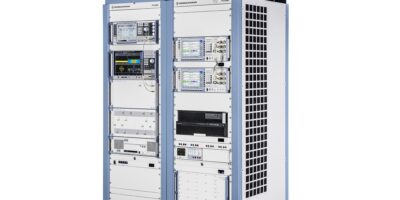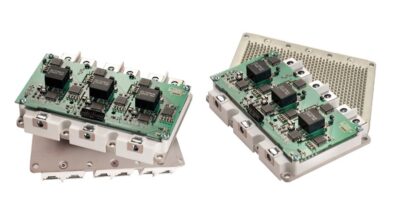Expanding the reach of the Endura MEMS Super-TCXO in to airborne and cold temperature terrestrial applications, SiTime announces that the TCXO now has an operating temperature range beyond its original -40 degrees C. It can now support -55 degrees C.
This enables the Endura SiT5146 to deliver best-in-class stability over -55 to +105 degrees C, says SiTime and is therefore able to be used in low earth orbiting (LEO) satellites, commercial aircraft, satellite communication systems, and rocket delivery systems as well as terrestrial systems residing in extremely cold environments
Aerospace and defence applications depend on precise and stable timing in the presence of extreme temperatures,” said Piyush Sevalia, executive vice president of marketing at SiTime. “Through our rapid-release derivatives program, we extended the operating temperature range of the SiT5146 to -55 degrees C while maintaining ±1 to ±2.5 ppm stability and excellent performance in the presence of shock and vibration,” he continued.
SiTime’s Endura SiT5146 MEMS Super-TCXO is available 0.009 ppb/g and 0.1 ppb/g acceleration sensitivity options. The ruggedised Super-TCXO can withstand high levels of shock and vibration. Frequencies are programmable with six decimals of accuracy from 1.0 to 60MHz.
The SiT5146 can be factory programmed for any combination of frequency, stability, voltage, and pull range, enabling shorter lead times. The device is available now in a 5.0 x 3.2mm package in the production quantities.
SiTime specialises in silicon MEMS timing. It offers programmable solutions that enable customers to differentiate their products with higher performance, smaller size, lower power, and better reliability.







